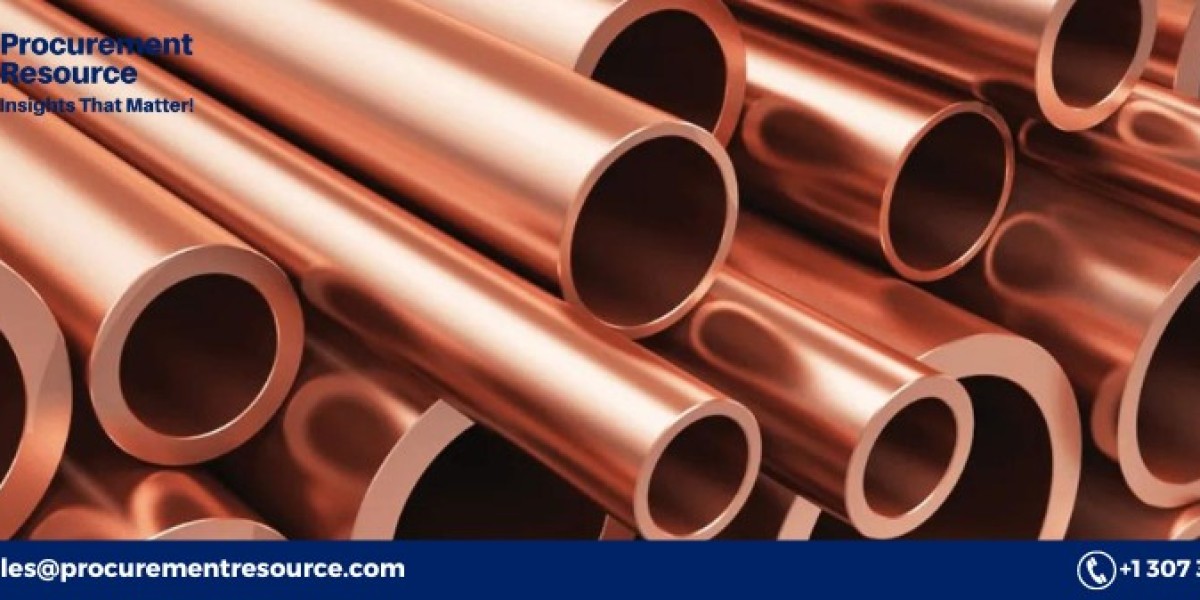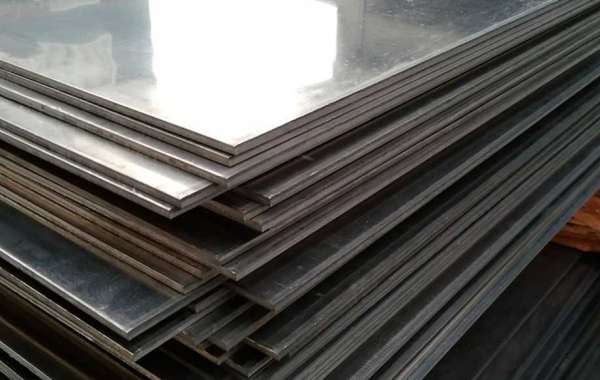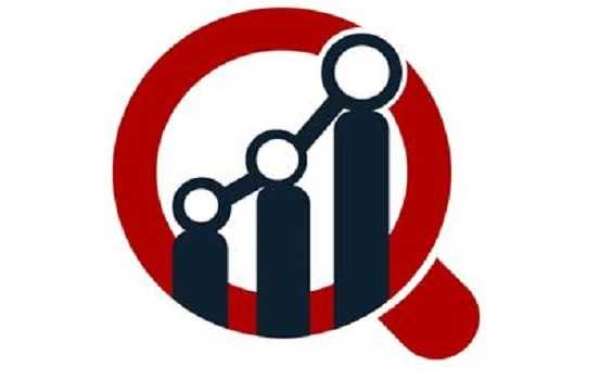Copper is one of the most versatile and widely used metals globally. It plays a critical role in electrical wiring, plumbing, electronics, and industrial machinery. Given its widespread applications, understanding the costs associated with copper production is crucial for industries reliant on the metal, from mining companies to manufacturers. This article explores the key factors influencing copper production cost, recent trends in the industry, and potential future developments.
1. Copper Production Process
The process of producing copper typically involves several stages, each contributing to the overall cost:
a. Mining and Extraction
Copper ore is extracted from open-pit or underground mines. The type of mining method affects the cost significantly.
- Open-Pit Mining: This method is generally more cost-effective but can be environmentally damaging.
- Underground Mining: More expensive due to increased labor and technology requirements, but with a reduced environmental footprint.
b. Crushing and Grinding
Once extracted, the copper ore is crushed and ground into fine particles to facilitate further processing.
- Energy Consumption: This phase requires substantial energy, and fluctuations in energy costs can greatly impact overall production expenses.
Request For Free Sample: https://www.procurementresource.com/production-cost-report-store/copper/request-sample
c. Concentration
The next step involves concentrating the copper ore through flotation, which separates valuable minerals from non-valuable material (gangue).
- Chemical Reagents: The cost of chemicals used in the flotation process can vary and directly affect production expenses.
d. Smelting and Refining
The concentrated copper is then smelted in a furnace, producing copper matte, which undergoes further refining to achieve a high level of purity.
- Smelting Energy Requirements: Smelting is an energy-intensive process, and the cost of energy (electricity or fuel) plays a critical role in determining the final production cost.
e. Electrorefining
Electrorefining is typically the final step in producing pure copper, involving the use of electric currents to refine the metal.
- Capital and Operational Costs: Electrorefining involves significant capital investments in machinery and high operational costs due to electricity consumption.
2. Key Factors Influencing Copper Production Costs
The overall production cost of copper is influenced by a range of factors, including raw materials, labor, energy, technology, and external market conditions.
a. Raw Material Availability
The quality of copper ore directly affects production costs. Lower-grade ores require more extensive processing, which increases costs.
- Ore Grade: The concentration of copper in the ore is a critical factor. As higher-grade ores become depleted, mining companies must process more material to extract the same amount of copper, increasing costs.
b. Labor Costs
Labor is a significant component of copper production costs, particularly in countries where wages are high.
- Automation: Mining companies are increasingly automating operations to reduce labor costs, but the upfront capital investment in technology can be substantial.
c. Energy Costs
Energy is one of the largest operational expenses in copper production, especially in the smelting and refining stages.
- Fuel Prices: Changes in oil and gas prices can significantly affect the cost of operating mining equipment and processing facilities.
- Electricity: Smelting and electrorefining are electricity-intensive processes, so fluctuations in electricity prices can dramatically impact production costs.
d. Environmental Regulations
Copper mining and refining have environmental impacts, leading to stringent regulations that increase production costs.
- Compliance Costs: Many countries have enacted strict environmental policies requiring companies to invest in cleaner technologies and waste management practices, adding to operational costs.
e. Transportation Costs
Moving raw materials, ore, and finished copper to and from production sites can add to the cost, particularly for mines located in remote areas.
- Logistics: Transportation costs vary depending on proximity to ports or processing plants and can be influenced by fuel prices and global shipping rates.
3. Trends in Copper Production Costs
Recent years have seen several trends in copper production costs due to economic shifts, technological advances, and changing market dynamics.
a. Rising Energy Costs
Energy costs have been a major driver of increased copper production costs, especially in regions reliant on fossil fuels. Fluctuating oil and gas prices have added uncertainty to production expenses.
b. Technological Innovations
Technological advances in mining and processing, such as automation, AI, and robotics, are helping to reduce labor costs and increase efficiency.
- Smart Mining: The adoption of smart mining technologies has enabled companies to reduce human error and optimize processes, cutting down costs in the long run despite high initial investment.
c. Environmental and Sustainability Concerns
Pressure to adopt more environmentally friendly mining practices has led companies to invest in cleaner technologies. This investment increases short-term costs but can lead to long-term savings through improved efficiency and regulatory compliance.
d. Shift to Lower-Grade Ores
As the world's highest-grade copper deposits are gradually depleted, mining operations have shifted to lower-grade ores, which are more expensive to process.
- Higher Processing Costs: Processing low-grade ore requires more energy and chemicals, thus raising overall production costs.
4. Geopolitical and Economic Impacts
a. Global Supply Chain Disruptions
Disruptions in the global supply chain, such as those caused by geopolitical tensions or the COVID-19 pandemic, can lead to increased costs for copper producers.
- Raw Material Shortages: Supply chain issues can result in shortages of key inputs like chemicals and fuel, driving up costs.
- Logistics Delays: Disruptions in shipping and transportation can increase costs and delay production timelines.
b. Copper Price Volatility
The global price of copper is subject to fluctuations based on supply and demand dynamics, economic growth, and industrial activity.
- Global Demand: Increased demand for copper from sectors like renewable energy, electric vehicles, and infrastructure development can drive prices higher, affecting both the profitability of producers and production costs.
5. Future Outlook for Copper Production Costs
As the demand for copper continues to grow, particularly in the renewable energy and electric vehicle sectors, producers will need to find ways to manage costs effectively.
a. Increased Demand from Green Technologies
Copper is a critical component in electric vehicles, wind turbines, and solar panels, meaning demand will continue to rise as the world transitions to renewable energy. Producers will need to scale up operations while managing costs to meet this growing demand.
b. Focus on Sustainable Practices
Mining companies are likely to face increasing pressure to adopt more sustainable and environmentally friendly practices. While these initiatives may increase short-term costs, they can offer long-term benefits by improving efficiency and reducing regulatory risks.
c. Technological Improvements
The continued advancement of mining and processing technologies, including automation and AI, offers the potential to lower production costs and improve operational efficiency.
Contact Us:
Company Name: Procurement Resource
Contact Person: Leo Frank
Email: sales@procurementresource.com
Toll-Free Number: USA & Canada — Phone no: +1 307 363 1045 | UK — Phone no: +44 7537 132103 | Asia-Pacific (APAC) — Phone no: +91 1203185500
Address: 30 North Gould Street, Sheridan, WY 82801, USA










